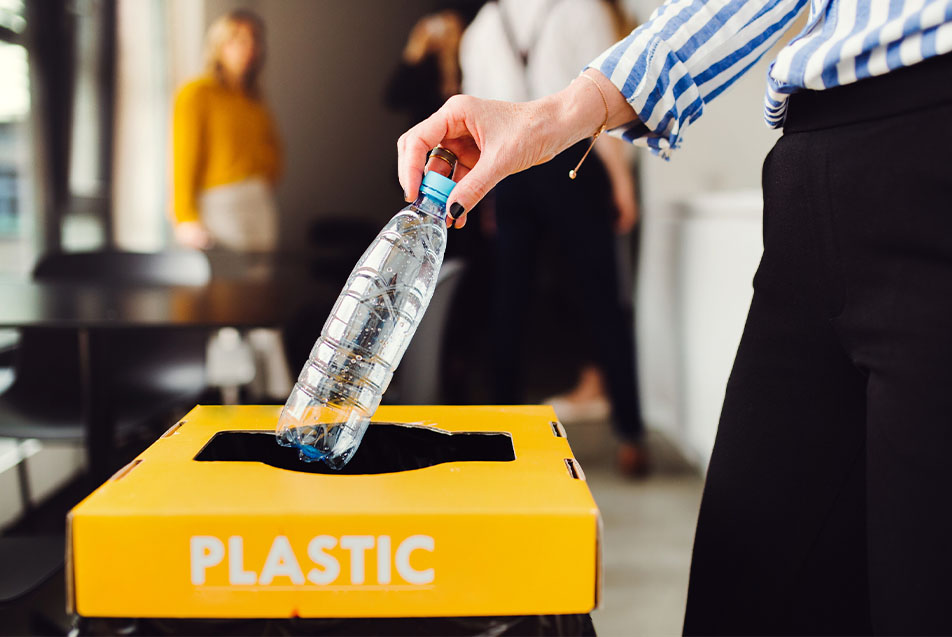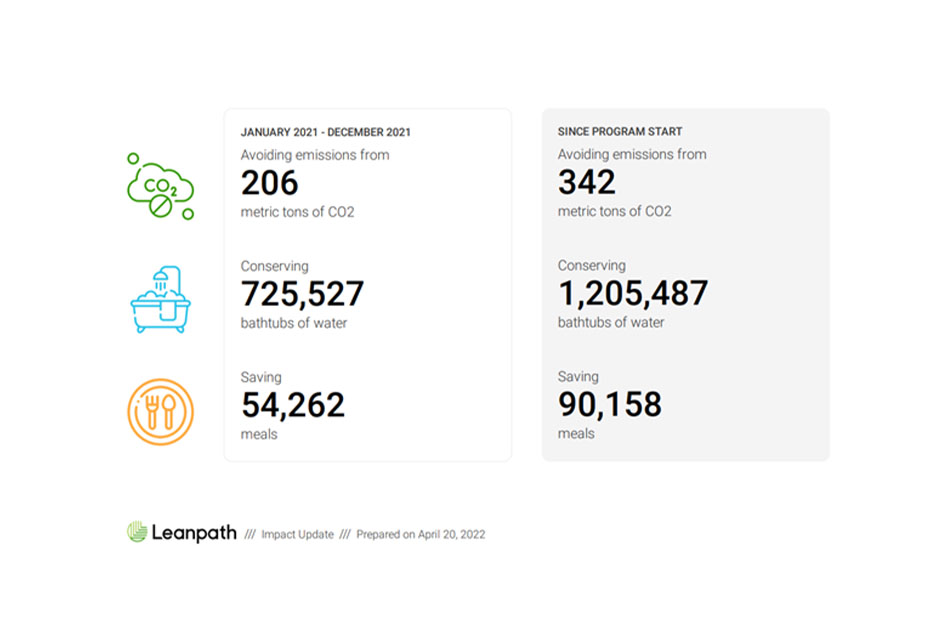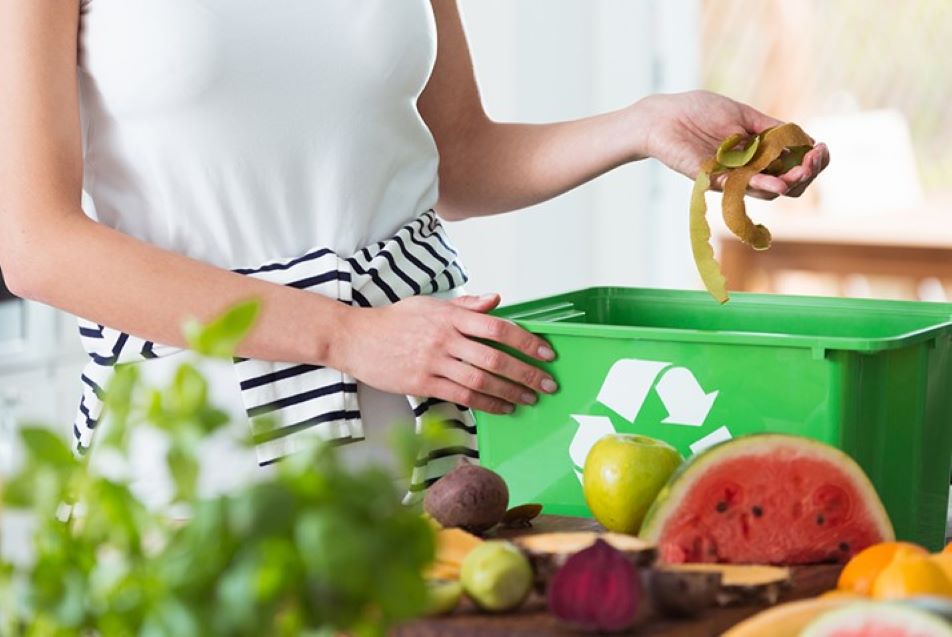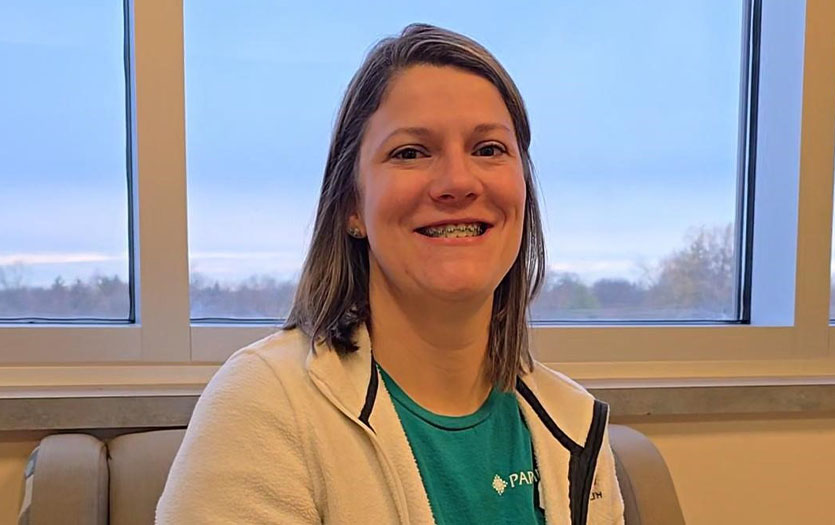
This planet is a remarkable place, but it’s imperative that we work together to help it thrive. In honor of Earth Day and to highlight our passion for protecting the environment, we asked a panel of co-workers in the know, including Mark Hisey, vice president, Construction, Parkview Health, Scott Burcroff, director, Facilities Technical Operations, Parkview Health, Todd Wambach, director, Planning/Design and Construction, Parkview Health, Andrew Lockwood, director, Foodservice, Parkview Regional Medical Center, and Camille Schuelke, greenhouse farmer, Parkview Community Greenhouse and Learning Kitchen, to share some of the various ways the health system is reducing its carbon footprint.
Construction, facilities and operations
The effort: Facility and campus design/Energy and water management
How it works: Parkview constantly strives to implement economically feasible approaches through the design of buildings, methods for maintaining the grounds, and day-to-day operations. The goal is to keep sustainable practices in mind throughout the entire planning process, resulting in efficient facilities that can be maintained and sustained through the following practices:
- Water consumption: Team members gave great care to the project design to minimize the use of domestic potable water and control the amount of stormwater generated. Low-flow and sensor-controlled water fixtures, toilets and showers help reduce water consumption where possible.
- Greenery: When selecting vegetation for a site, the landscape design team typically chooses native planting materials whenever possible to minimize the need for irrigation.
- Smart parking: We configure parking lots around a series of “rain gardens” to control the amount of stormwater that gets diverted to streams and rivers. This helps purify the water being discharged by allowing pollutants to settle out of the water before reaching the streams and rivers. When not being used as “rain gardens,” these areas provide open vegetated spaces, reducing the amount of heat generated due to solar energy absorbed and retained by the asphalt pavement.
- Structures: The design team is mindful about incorporating efficient building enclosures like insulation systems and efficient glass when designing buildings. They also try to select highly efficient equipment for heating and cooling spaces while minimizing (or eliminating) the use of environmentally harmful CFC and HCFC materials.
- Interiors: Where possible, we utilize materials and products that help minimize the impact on the environment, like recycled material content or products that don’t require extensive use of harsh chemicals for maintenance. We also avoid using VOC-emitting materials in paints, caulks, carpeting, and wallcoverings.
- Electricity: Many spaces have access to natural daylight to help improve environmental quality and minimize electricity use. The lighting systems contain LED lights and are set up with occupancy sensors to turn lights off when the space is unused. Exterior lights are also on timers to minimize wasted energy.
- Other instances of sustainability: Sustainability also appears in Parkview’s facilities, new construction and renovation projects in the following ways:
- Utilizing digital documents to reduce printed materials
- Bicycle program at Parkview Regional Medical Center (PRMC)
- Electric car charging stations
- Waste recycling at hospitals
- Building automation turns back thermostats during low occupancy
Foodservices
The effort: Waste Watch Program
How it works: Parkview’s Foodservice Department is taking crucial steps to reduce food waste, recycle, re-purpose, invest in sustainable sourcing and focus on more plant-based menu choices in our cafes. In 2021, PRMC’s food waste prevention was equivalent to:

Parkview has also taken steps to eliminate the use of Styrofoam in various area hospitals by switching to the following products:
- Compressed fiber hinged containers
- Compostable soup cups
- Compostable drinking cups
- Paper boxes for salads
- Paper for deli sandwiches
- Recycled plastic portion cups
- Paper takeout bags instead of plastic
PRMC also donates prepared foods to a food rescue organization that delivers them to Fort Wayne Shelters. And any vegetable trimmings or compostable waste is picked up by a local composting company to turn our compost into usable soil. Our Waste Watch program and plant-based goals are progressing toward reducing mortality and greenhouse gasses.

Parkview Community Greenhouse & Learning Kitchen
The effort: Composting
How it works: In an effort to reduce our impact on the planet, Parkview’s Community Greenhouse & Learning Kitchen composts plant material in a compost tumbler year-round. Typically, we add plant scraps to our compost tumbler every day, along with the right amount of water (when needed) and carbon (leaves and paper). Then, we tumble the whole thing to mix it. Over time, microbes turn the plant materials and food scraps into a soil-like substance. When it’s ready, we add it back into our garden beds. This soil-like substance, or compost, helps our garden thrive by providing nutrients for our plants to grow and, most importantly, delivering food to the microbes that live in the soil. Any material that does not fit into our tumbler gets picked up by Ground Down, a local composting company. They pick up our leftover plant material and compost it for us.
Additionally, composting is highly beneficial because of the following reasons:
- It keeps scraps from going into the landfill, where they can give off methane gas.
- Composting raises the pH levels of your soil, benefiting your soil’s health.
- It provides microbes a place to break down nutrients in the soil so plants can uptake them.
- Compost encourages beneficial microbes that move throughout the soil to allow it to retain more water.
- The soil microbes will help eliminate, or outperform, any plant diseases and harmful microbes that live in the soil.
Final thoughts
For more ideas on how you can help protect the planet, please visit the Earth Day website and action page.



